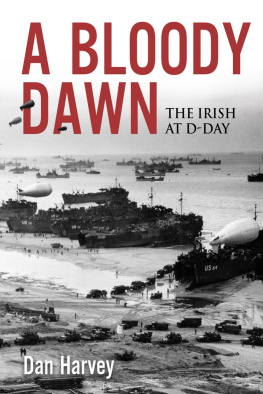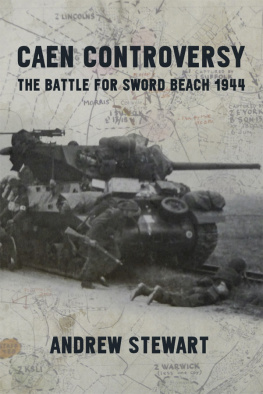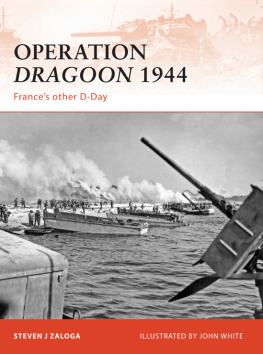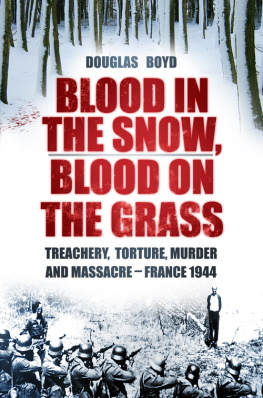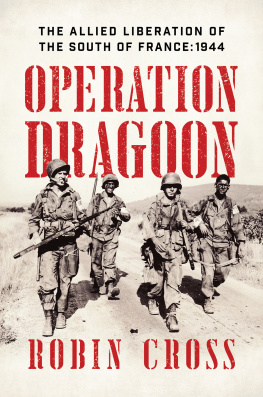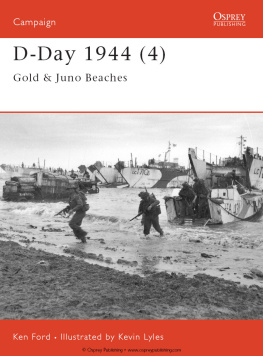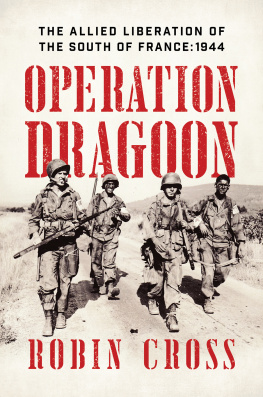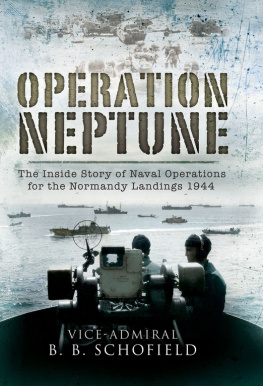
TITLES IN THE SERIES
Airpower Reborn: The Strategic Concepts of John Warden and John Boyd
The Bridge to Airpower: Logistics Support for Royal Flying Corps Operations on the Western Front, 191418
Airpower Applied: U.S., NATO, and Israeli Combat Experience
The Origins of American Strategic Bombing Theory
THE HISTORY OF MILITARY AVIATION
Paul J. Springer, editor
This series is designed to explore previously ignored facets of the history of airpower. It includes a wide variety of disciplinary approaches, scholarly perspectives, and argumentative styles. Its fundamental goal is to analyze the past, present, and potential future utility of airpower and to enhance our understanding of the changing roles played by aerial assets in the formulation and execution of national military strategies. It encompasses the incredibly diverse roles played by airpower, which include but are not limited to efforts to achieve air superiority; strategic attack; intelligence, surveillance, and reconnaissance missions; airlift operations; close-air support; and more. Of course, airpower does not exist in a vacuum. There are myriad terrestrial support operations required to make airpower functional, and examinations of these missions is also a goal of this series.
In less than a century, airpower developed from flights measured in minutes to the ability to circumnavigate the globe without landing. Airpower has become the military tool of choice for rapid responses to enemy activity, the primary deterrent to aggression by peer competitors, and a key enabler to military missions on the land and sea. This series provides an opportunity to examine many of the key issues associated with its usage in the past and present, and to influence its development for the future.

Naval Institute Press
291 Wood Road
Annapolis, MD 21402
2018 by Stephen A. Bourque
All rights reserved. No part of this book may be reproduced or utilized in any form or by any means, electronic or mechanical, including photocopying and recording, or by any information storage and retrieval system, without permission in writing from the publisher.
Library of Congress cataloging-in-publication data is available.
978-1-61251-874-9 (eBook)
Maps created by Bobby Wright.

 Print editions meet the requirements of ANSI/NISO z39.48-1992 (Permanence of Paper).
Print editions meet the requirements of ANSI/NISO z39.48-1992 (Permanence of Paper).
26 25 24 23 22 21 20 19 18 9 8 7 6 5 4 3 2 1
First printing
CONTENTS


Figure
Photos
Maps

W hile having breakfast in the Metz train station in the summer of 2007, I noticed a large marble plaque on the wall. On it, the city had inscribed the names of several hundred rail workers killed by air bombardment during the Second World War. It was apparent that the dispensers of those munitions were the air forces of the United States, Great Britain, and Canada. It simply had never occurred to me that the good guys, trying to rid Europe of the Nazi menace, could be responsible for such civilian losses against a friendly, occupied state. I considered myself reasonably knowledgeable about this conflict, having just conducted a staff ride on the Normandy beaches and driven along the route taken by American forces during Operation Cobra. It was evident that I had missed some of the details. Intrigued, I walked to the local bookstore and found a copy of French journalist Eddy Florentins 1997 book Quand les Allis bombardaient la France. This sensationalist account of the air war mostly listed some of the largest aerial assaults on French towns and villages, with little analysis of why or how it happened. Back in the United States, I reviewed the books in my library and discovered little discussion on the air war in France other than the inaccurate bombing during the landings and the use of bombers during the Transportation Plan against rail centers. Nothing approached the comprehensiveness of Florentins disjointed book. Except for the summary of the debates over the bombing of the railroad marshaling yards, none mentioned the problem of French civilian casualties. Thus began my extensive search as to the causes, conduct, and effect of the Allied air operation in France. My intent was to answer two relatively straightforward questions: What happened and why?
What I discovered is that more than seventy years ago, as part of the Northwest European Campaign against Nazi Germany, the armed forces of the United States and the British Commonwealth unintentionally waged an air war against France. Depending on where you lived, especially near airfields or ports, the bombing lasted five long years. After January 1944 the Allies targeted most of Frances population centers, small towns, and even isolated villages. By the time the Allied ground forces had driven the German defenders from the country, aircraft from the US Army Air Force and British Royal Air Force had killed more civilians by high-altitude bombing, dive bombing, rocket attacks, and simple machine-gun strafingapproximately 60,000than the Germans had killed British civilians during the same period. Unfortunately for the French, the American and Commonwealth air attack programs were far larger, more methodical, and more efficient than the German and caused greater physical damage to Frances cities, harbors, and rail lines. Monuments across France attest to the effects of these attacks, often naming the individual victims in the same way a war memorial commemorates the conflicts military veterans. Newspapers and civic groups alert the rebuilt communities as the anniversary of a particularly important raid approaches. Finally, cemetery plots, often entombing entire families, provide tangible evidence of the grief suffered by individuals and communities.
While the effect of these air operations is far less than the destruction inflicted on Germany and Japan, it is important to remember that the Allies considered France an allied, occupied state awaiting liberation. What makes this aerial onslaught interesting is that its scale, nature, and effects are almost unknown in the English-speaking world. Not only was it extensive, but it was all part of a comprehensive Allied plan, directed by the supreme allied commander, Gen. Dwight D. Eisenhower, with the specific purpose of ensuring that Operation Neptune, the establishment of a lodgment of Allied forces in the French departments of Calvados and La Manche, succeeded.
This book seeks to place the bombing war against France within the perspective of Operation Overlord. How did the Allied bombing operations fit into the plans for invading Europe in 1944? What did they attack? What was it like for those that lived under the bombs? Moreover, most important and most difficult, what does it all mean to the modern world? Of course, tens of thousands of words have found their way into the digital hold bucket. I have no space to spend twenty pages on French history or another dozen describing the rise of air power and the key participants. My apologies to those that know the details of these events, and I hope that those who do not will use the notes and bibliography to explore the rich history of the period. It is an uneven situation for the French who experienced the bombing. In some cases, such as in Lower Normandy, the archive in Caen has an impressive collection of personal testimony that is available to any researcher. In other localities, these stories are in the hands of local historians, if they exist at all. This can create an uneven portrayal of the scope and effects of the bombing. Unfortunately, this is a survey, and it is impossible to evaluate the story of every target and every mission. I hope it will provide others a place to begin their studies of this complex series of events.
Next page

